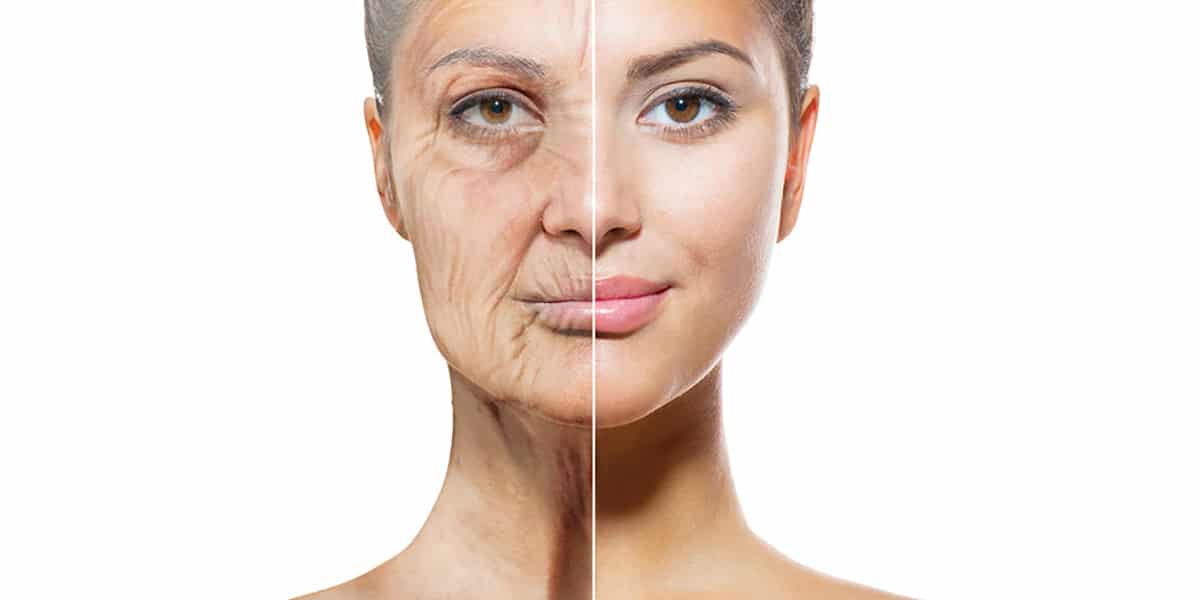It’s common knowledge that our skin protects our bodies. It shields our internal organs from the harsh external environment. But, what you don’t know about the effects of ultraviolet (UV) radiation on your skin could cost you your youthful complexion down the line.
As you get older, you may notice your skin becomes rough or discoloured, or you may start to notice “spider veins” (telangiectasia) forming in regions that are exposed to the sun. These are the visible signs of photoaging – aging as a result of exposure to UV rays. The Sun emits two types of UV radiation that are concerning to us: UVA and UVB. UVA radiation causes photoaging, while UVB radiation causes sunburns and skin cancer. UVA rays can pass through glass, while UVB rays don’t. This is why you don’t get a sunburn when you’re indoors.
According to an article published by researchers at the Kansai Medical University, in Osaka, Japan, when you expose your skin to the sun, the DNA in your skin cells absorbs the UV radiation, causing structural changes to the genetic information. This can cause genetic mutations if our cells are unable to repair the damage. UVA rays are thought to cause damage to the collagen and elastin in your skin¹ – two important proteins that keep your skin strong and elastic. This can cause your skin to deteriorate.
Did you know that not all sunscreens protect against both UVA and UVB radiation? Make sure to use a broad-spectrum sunscreen to avoid sunburns AND photoaging.
Sources:
- Matsumura, Y. and Ananthaswamy, H.N. (2004). Toxic Effects of Ultraviolet Radiation on the Skin. Toxicology and Applied Pharmacology 195(3):298-308. Retrieved May 31, 2016
- WebMD. (2012). An Overview of the Skin. Retrieved May 31, 2016



